Table of Contents
Introduction
Chicken soup is one of the most beloved comfort foods worldwide, but the difference between a mediocre bowl and a restaurant-quality masterpiece often comes down to the spices. Whether you're making classic American chicken soup, Jewish matzo ball soup, Asian chicken noodle soup, or Mexican tortilla soup, the right spices can transform your dish from ordinary to extraordinary. In this comprehensive guide, you'll discover exactly which spices to use for different styles of chicken soup, how much to use, when to add them, and expert techniques for maximizing flavor. You'll also learn how to fix common spice-related mistakes and create customized flavor profiles that suit your taste preferences.
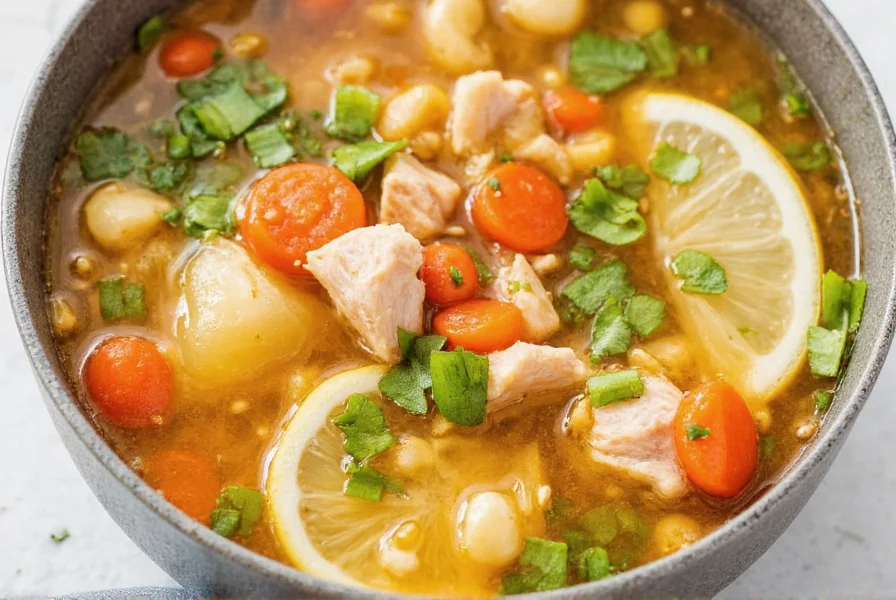
Why Spices Matter in Chicken Soup
Spices aren't just flavor enhancers - they're the secret ingredients that create complexity, balance, and depth in chicken soup. Understanding the science behind spice interactions can help you create consistently delicious results. When spices are added properly, they release aromatic compounds that interact with your taste receptors in specific ways:
- Umami boosters like garlic, onion, and mushrooms create savory depth
- Acidic elements like lemon juice or vinegar brighten flavors and balance richness
- Herbs like thyme and parsley add fresh, herbal notes
- Warm spices like cinnamon or cloves add complexity without overwhelming heat
Research from the Institute of Food Technologists shows that properly balanced spices can increase perceived flavor intensity by up to 40% compared to unseasoned broth. The key is understanding which spices work best together and how to time their addition for maximum flavor extraction.
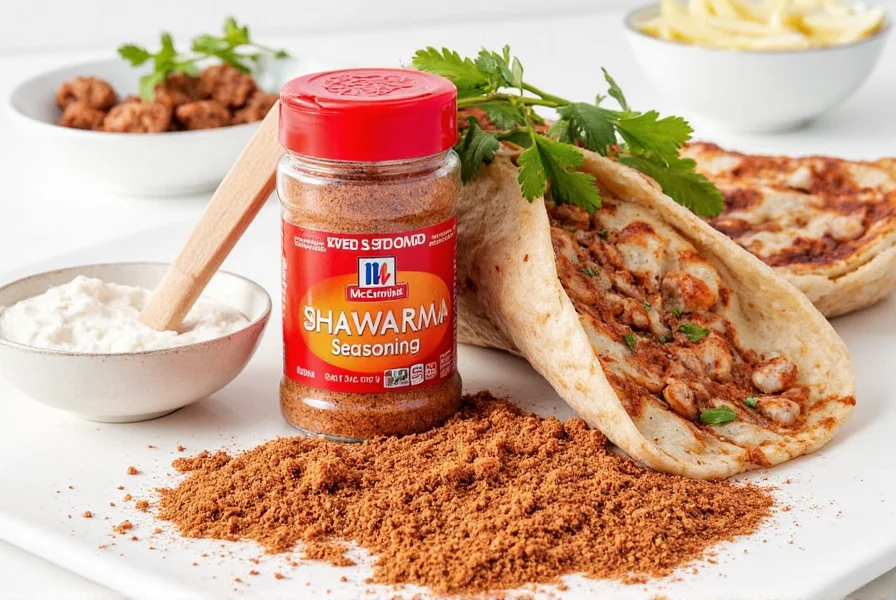
Must-Have Spices for Different Chicken Soup Styles
Chicken soup varies dramatically across cultures, and each style has its own signature spice profile. Here's what you need for the most popular variations:
| Chicken Soup Style | Essential Spices | Key Flavor Profile | Special Techniques |
|---|---|---|---|
| Classic American | Garlic, onion, thyme, bay leaf, black pepper, parsley, celery | Earthy, savory, comforting | Bloom garlic and onion in olive oil before adding broth |
| Jewish Matzo Ball | Garlic, onion, dill, bay leaf, black pepper, chicken bouillon | Herbal, comforting, slightly sweet | Add dill at the very end to preserve freshness |
| Asian Chicken Noodle | Ginger, garlic, star anise, soy sauce, fish sauce, sesame oil | Umami-rich, aromatic, slightly sweet | Toast spices before adding liquid for maximum flavor |
| Mexican Tortilla | Cumin, chili powder, oregano, garlic, onion, lime | Smoky, spicy, bright | Add cumin and chili powder to hot oil before broth |
| French Consommé | Thyme, bay leaf, parsley, tarragon, shallots | Delicate, refined, herbal | Strain through cheesecloth for crystal-clear broth |
Spice Combinations That Work Like Magic
Some spice combinations create synergistic effects that make the whole greater than the sum of its parts. Here are professional chef-approved pairings:
| Spice Combination | Flavor Profile | Best For | How to Use |
|---|---|---|---|
| Garlic + Onion + Thyme | Earthy, savory, aromatic | Classic Comfort Soup | Bloom in olive oil for 2 minutes before adding broth |
| Ginger + Star Anise + Soy Sauce | Warm, sweet, umami-rich | Asian Chicken Noodle Soup | Toast in hot oil for 30 seconds before adding liquid |
| Cumin + Chili Powder + Oregano | Smoky, spicy, earthy | Mexican Tortilla Soup | Combine with hot oil before adding broth for maximum flavor extraction |
| Dill + Lemon Zest + Bay Leaf | Fresh, bright, herbal | Jewish Matzo Ball Soup | Add dill and lemon zest at the very end of cooking |
| Tarragon + Shallot + White Pepper | Delicate, refined, slightly sweet | French Consommé | Simmer gently for 30 minutes before straining |
Buying Guide: Choosing the Right Spices
Not all spices are created equal. Here's how to select the highest quality spices for your chicken soup:
Garlic
What to look for: Firm bulbs with tight skin, no soft spots or green sprouts. For powdered garlic, choose products with no added fillers.
Where to buy: Specialty spice shops or online retailers with high turnover. Avoid grocery store bulk bins where spices sit for months.
Storage: Whole garlic in cool, dark place. Powdered garlic in airtight container in refrigerator.
How much to use: 2-3 cloves per quart of broth for classic soups. For Asian-style, use 1 tablespoon fresh ginger for every 2 cloves garlic.
Thyme
What to look for: Bright green leaves with strong aroma. Avoid brown or brittle leaves.
Where to buy: Look for whole leaves rather than pre-ground for maximum freshness.
Storage: Keep in airtight container away from light and heat.
How much to use: 1 teaspoon dried or 1 tablespoon fresh per quart of broth. Add dried thyme early in cooking, fresh thyme in last 10 minutes.
Cumin
What to look for: Deep brown color with strong, warm aroma. Avoid pale or dusty-looking powder.
Where to buy: Mexican grocery stores or specialty spice shops for the freshest options.
Storage: Store in airtight container in refrigerator to preserve volatile oils.
How much to use: 1/2 teaspoon per quart for Mexican-style soup. Always toast before adding to broth.
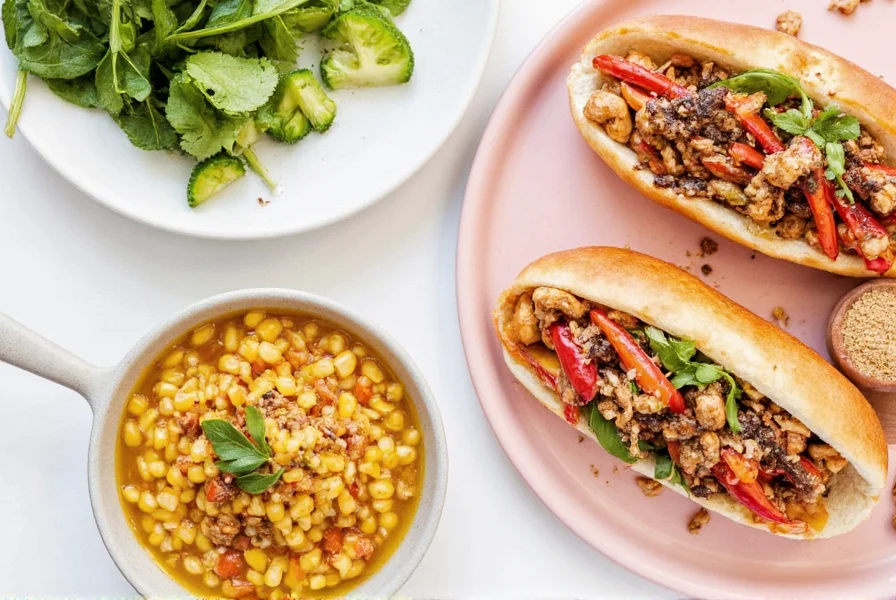
Pro Tips for Making Perfect Chicken Soup
These expert techniques will take your chicken soup from good to exceptional:
- Bloom spices in oil - Heat 1 tablespoon oil in pan, add ground spices, and cook for 30-60 seconds before adding broth. This releases aromatic compounds that won't extract in water alone.
- Toast whole spices - For cumin, coriander, or mustard seeds, toast in dry pan until fragrant before grinding. This enhances flavor by 20-30%.
- Layer your spices - Add hardy spices (bay leaves, cinnamon sticks) early in cooking, delicate herbs (parsley, dill) in last 10 minutes.
- Balance acidity - Add 1 teaspoon lemon juice or vinegar at the end to brighten flavors without overpowering.
- Fix over-spiced soup - Add a peeled potato to absorb excess salt or spice, or dilute with additional broth.
- Make your own spice blends - Create custom blends like "soup booster" (2 parts thyme, 1 part rosemary, 1 part sage) for consistent flavor.
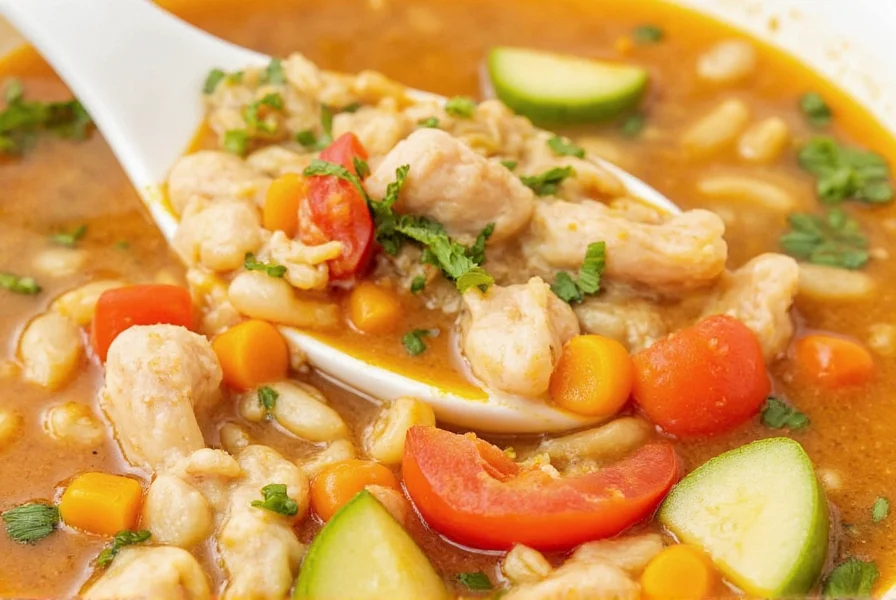
Frequently Asked Questions About Chicken Soup Spices
What's the difference between using fresh vs. dried herbs in chicken soup?
Dried herbs are more concentrated and should be used at 1/3 the amount of fresh. For example, 1 tablespoon fresh thyme equals 1 teaspoon dried. Dried herbs should be added early in cooking to allow time for rehydration and flavor release, while fresh herbs should be added in the last 10-15 minutes to preserve their delicate flavors. The exception is bay leaves, which work better dried and should always be added early.
How do I adjust spice levels for a large batch of chicken soup?
When scaling up chicken soup, don't simply multiply spices linearly. For every additional quart of broth, add only 75-80% of the original spice amount. This is because spices become more concentrated as liquid reduces during simmering. For example, if your recipe calls for 1 teaspoon of cumin for 4 cups of broth, for 8 cups you'd use 1.5 teaspoons rather than 2 teaspoons. Always taste and adjust at the end of cooking.
Can I make chicken soup without certain spices if I don't have them?
Absolutely! The beauty of chicken soup is its versatility. If you're missing one spice, you can often substitute another with similar flavor profile. For example:
- No thyme? Use oregano or rosemary (use half the amount)
- No cumin? Use coriander or smoked paprika (use same amount)
- No fresh ginger? Use 1/2 teaspoon ground ginger per tablespoon fresh
How can I fix chicken soup that's too spicy?
There are several effective ways to tame overly spicy soup:
- Add dairy: Stir in 1/4 cup sour cream, yogurt, or coconut milk to neutralize capsaicin
- Add sweetness: A teaspoon of honey or sugar can balance heat
- Add starch: A peeled potato will absorb some spice (remove after 15 minutes)
- Dilute: Add more broth or water to reduce spice concentration
- Add acid: A squeeze of lemon juice can help balance the heat
What are the health benefits of common chicken soup spices?
Many chicken soup spices offer significant health benefits beyond flavor:
- Ginger: Reduces inflammation and nausea, improves digestion
- Turmeric: Contains curcumin, a powerful anti-inflammatory compound
- Garlic: Boosts immune function and has antimicrobial properties
- Cinnamon: Helps regulate blood sugar and has antioxidant properties
- Thyme: Rich in vitamin C and has natural antiseptic properties
When should I add spices to my chicken soup for maximum flavor?
Timing is critical for spice flavor extraction:
- Early addition (first 15-30 minutes): Bay leaves, cinnamon sticks, whole spices (like cumin seeds), dried herbs (thyme, rosemary)
- Mid-cooking (30-60 minutes): Ground spices (cumin powder, paprika), garlic, onion
- Final 10-15 minutes: Fresh herbs (parsley, dill, cilantro), delicate spices (tarragon, saffron)
- Just before serving: Acidic elements (lemon juice, vinegar), salt adjustments
Conclusion
The difference between good chicken soup and great chicken soup lies in the thoughtful application of spices. By understanding which spices work best for different styles of soup, when to add them, and how to adjust for your personal taste preferences, you can create consistently delicious results. Remember that spice is both science and art - follow the guidelines, but don't be afraid to experiment. The perfect chicken soup is the one that makes you feel warm, comforted, and satisfied. So next time you're making soup, take the time to understand your spices and watch your cooking transform from ordinary to extraordinary.
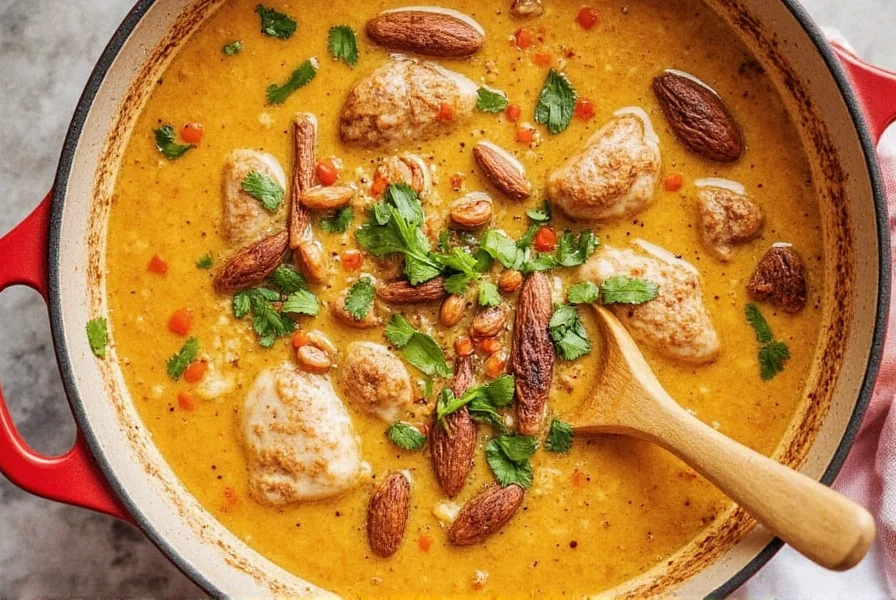










 浙公网安备
33010002000092号
浙公网安备
33010002000092号 浙B2-20120091-4
浙B2-20120091-4